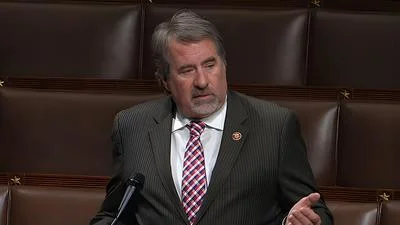Under a legal agreement with the U.S. Environmental Protection Agency, General Electric Company will investigate a portion of the Hudson River to determine the next steps for addressing contamination.
In this legal agreement, GE will immediately start a plan for extensive water, sediment, and fish sampling between the Troy Dam and the mouth of the New York Harbor. While polychlorinated biphenyls (PCBs) will be an emphasis, other contaminants will be studied as well. This data will help find out the best way to advance in creating a plan for cleanup. It will require data collection to begin in early 2023, and GE will also pay the EPA’s costs to oversee the work.
“The sampling that GE is conducting will allow us to better understand and evaluate the conditions and potential contamination in the Lower Hudson River environment,” EPA Regional Administrator Lisa F. Garcia said in a press release.
New York state officials also emphasized the importance of this project.
"New York State is committed to a comprehensive cleanup and restoration of the Hudson River,” New York State Department of Environmental Conservation Commissioner Basil Seggos said in a press release.
The EPA intends to keep the Community Advisory Group for the Hudson River PCBs Superfund site and will keep the public notified and involved as data is gathered and follow-up choices are considered. The EPA will also seek to talk to communities along the lower Hudson, including communities that have environmental justice concerns. The results of the sampling will inform the EPA’s investigations going forward.
GE remains legally responsible for the PCBs that contaminated that area, and the EPA will continue to evaluate whether other parties might also be liable for PCBs and other pollutants in the Lower Hudson. Between the 1940s and 1970s, GE discharged PCBs into the Hudson River from its two former capacitor manufacturing plants in Fort Edward and Hudson Falls, New York.








